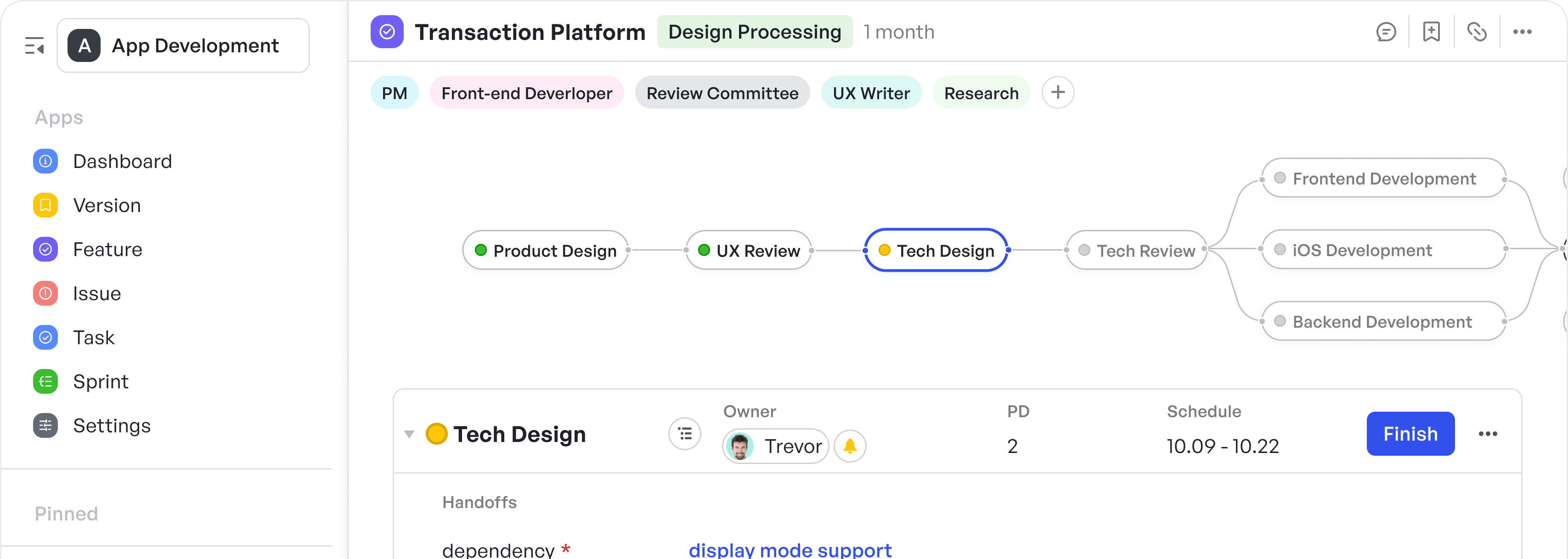Introduction
Good sprint planning is a key component of agile success and having the right tools is crucial to this process. Jira, one of the most well-known project management tools, is particularly esteemed in agile environments due to its versatility and robust features. However, a number of other tools have also gained recognition for their unique strengths in facilitating sprint planning. This article provides a clear guide on utilizing Jira for your sprint planning needs, alongside a comparison with other top tools in this domain. Our aim is to help you streamline your planning process for more efficient and effective sprints. Let's get started.
Sprint Planning with Jira
Jira is a leading project management tool celebrated for its customizable workflows and intuitive user interface. To conduct sprint planning with Jira:
Set up a Scrum Project
Start by creating a project. This is where you'll organize all work associated with a specific product or service. In Jira, you can do this by going to the 'Projects' drop-down and hitting 'Create project'. Make sure to select 'Scrum' as your project type.
250px|700px|reset
加载中,请稍后
250px|700px|reset
加载中,请稍后
Create a Sprint
In your project backlog, you'll notice an option to 'Create Sprint'. This creates an empty container where you can add the user stories or tasks you're planning to accomplish.
250px|700px|reset
加载中,请稍后
Add Issues to Sprint
Begin populating the sprint with issues. These issues, which can take the form of tasks, bugs, or user stories, are dragged from your backlog into your new sprint. Each issue should be detailed with information that includes a description, assignee, due date, and more. Furthermore, prioritization is key in this step, ensuring critical tasks are slated for completion in the upcoming sprint.
Estimate Tasks
A critical step in sprint planning is the estimation of tasks. Jira supports multiple estimation strategies such as time, story points, or complexity. Estimations help the team determine their capacity for the sprint and provide a timeline for stakeholders.
250px|700px|reset
加载中,请稍后
A Story Point in Jira is a measure for estimating the complexity of tasks and issues.
Story points reward team members for solving problems based on difficulty, not time spent.
Set Sprint Goals
The last step in the Jira sprint planning process is setting a sprint goal. This provides your team with a shared objective for the sprint, one that can be referred back to when considering trade-offs and measuring success.
In addition, Jira's built-in Scrum board and the Sprint Report provide a visual representation of the sprint backlog, helping teams track progress. Meanwhile, burndown charts offer a real-time snapshot of work completed vs work remaining, providing valuable insights for managing workloads.
250px|700px|reset
加载中,请稍后
Furthermore, Jira's customization options allow for workflows and issue types to be tailored to specific team needs, adding flexibility to your sprint planning process.
Alternative Tools for Sprint Planning
While Jira is indeed feature-rich and highly customizable for agile workflows, several other project management tools also offer robust capabilities for effective sprint planning. Let's explore three of these alternatives: Asana, Trello, and Meegle.
Feature Comparison
Meegle Overview and Sprint Planning in Meegle
Meegle is a project management software designed to elevate collaborative efforts across various business processes. It provides a flexible environment where teams can manage projects using customizable work items and visualized node-driven workflows to map out the entire project lifecycle.
250px|700px|reset
加载中,请稍后
To manage a sprint in Meegle:
- Plan Your Sprint: Define the sprint goals and timeframe. Decide which items from the product backlog will be tackled.
250px|700px|reset
加载中,请稍后
- Create Features: Break down the sprint items into smaller tasks and add them to Meegle.
- Assign and Estimate: Assign tasks to team members and estimate the effort for each task.
- Add Features to Sprints: Create an associative relationship field to link feature and sprint
250px|700px|reset
加载中,请稍后
- Monitor Progress: Use Meegle’s Tree View to track multiple sprints.
- Daily Stand-Ups: Hold daily meetings to discuss progress and impediments.
- Review and Adapt: At the end of the sprint, review the work done and adapt for future sprints.
Say no to chaotic work. Get started with Meegle's free template!
Asana Overview and Sprint Planning in Asana
Asana is a versatile project management platform that comfortably supports agile methodologies. Sprint planning in Asana involves setting up a project, populating it with tasks, assigning those tasks to team members, and then using sections or custom fields to create sprints.
For sprint planning:
- Set up a project and add tasks.
- Assign tasks to team members and estimate effort.
- Use sections or custom fields to define your sprints.
250px|700px|reset
加载中,请稍后
- Use the timeline view or a calendar to schedule tasks over the sprint duration.
- Use the Workload tab to visualize your team’s capacity.
250px|700px|reset
加载中,请稍后
Asana's standout feature is its Timeline, which provides a visual and interactive representation of your sprint, facilitating easier scheduling and adjustments.
Trello Overview and Sprint Planning in Trello
Trello is well-loved for its simplicity and visual card system. In Trello, a board represents the project, lists within the board represent different stages (or sprints), and cards under each list represent tasks.
For sprint planning in Trello:
- Create a new board for your project. Make sure that the Sprint screen is enabled in the Dashboard settings.
250px|700px|reset
加载中,请稍后
- Make different lists for your sprints.
250px|700px|reset
加载中,请稍后
- Add cards (tasks) to the appropriate lists.
- Assign members to each card and add estimates.
One unique feature in Trello is Power-Ups, which endow your boards with additional capabilities. Agile Tools Power-Up can specifically assist your sprint planning process.





